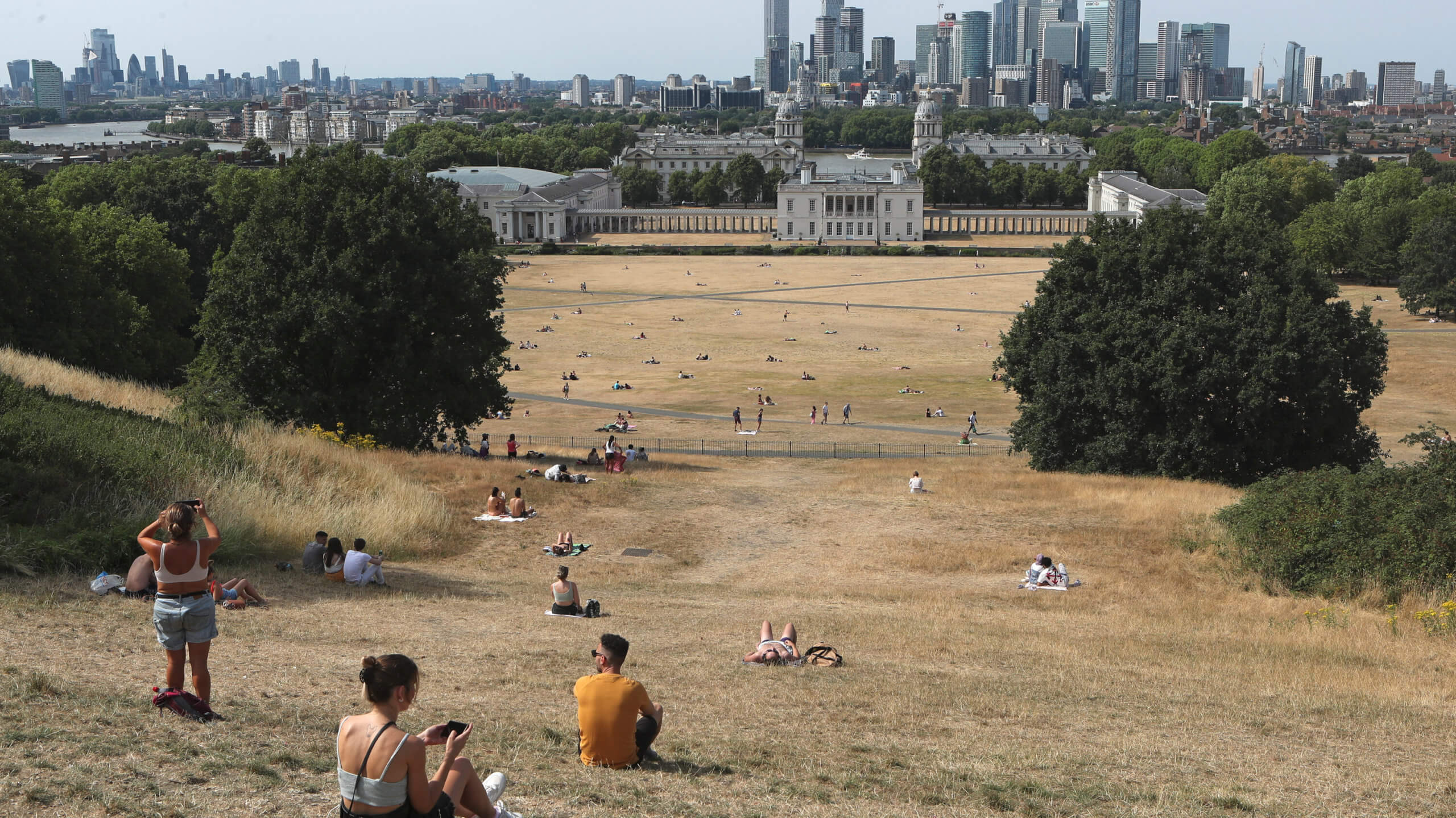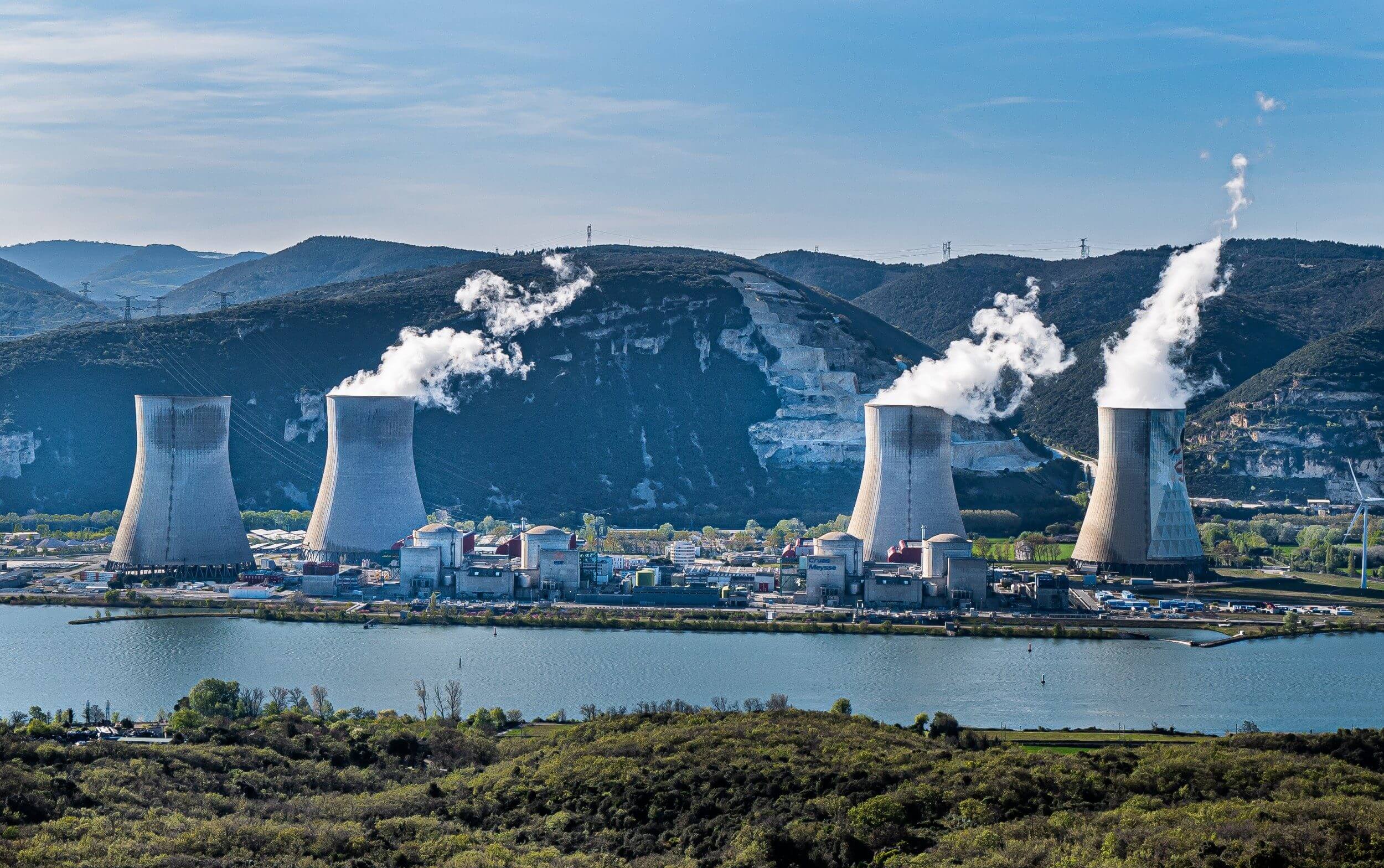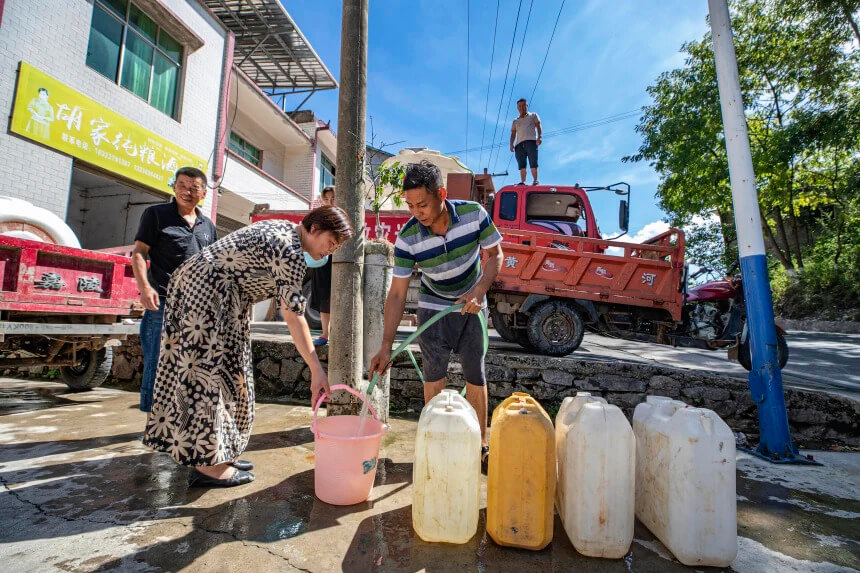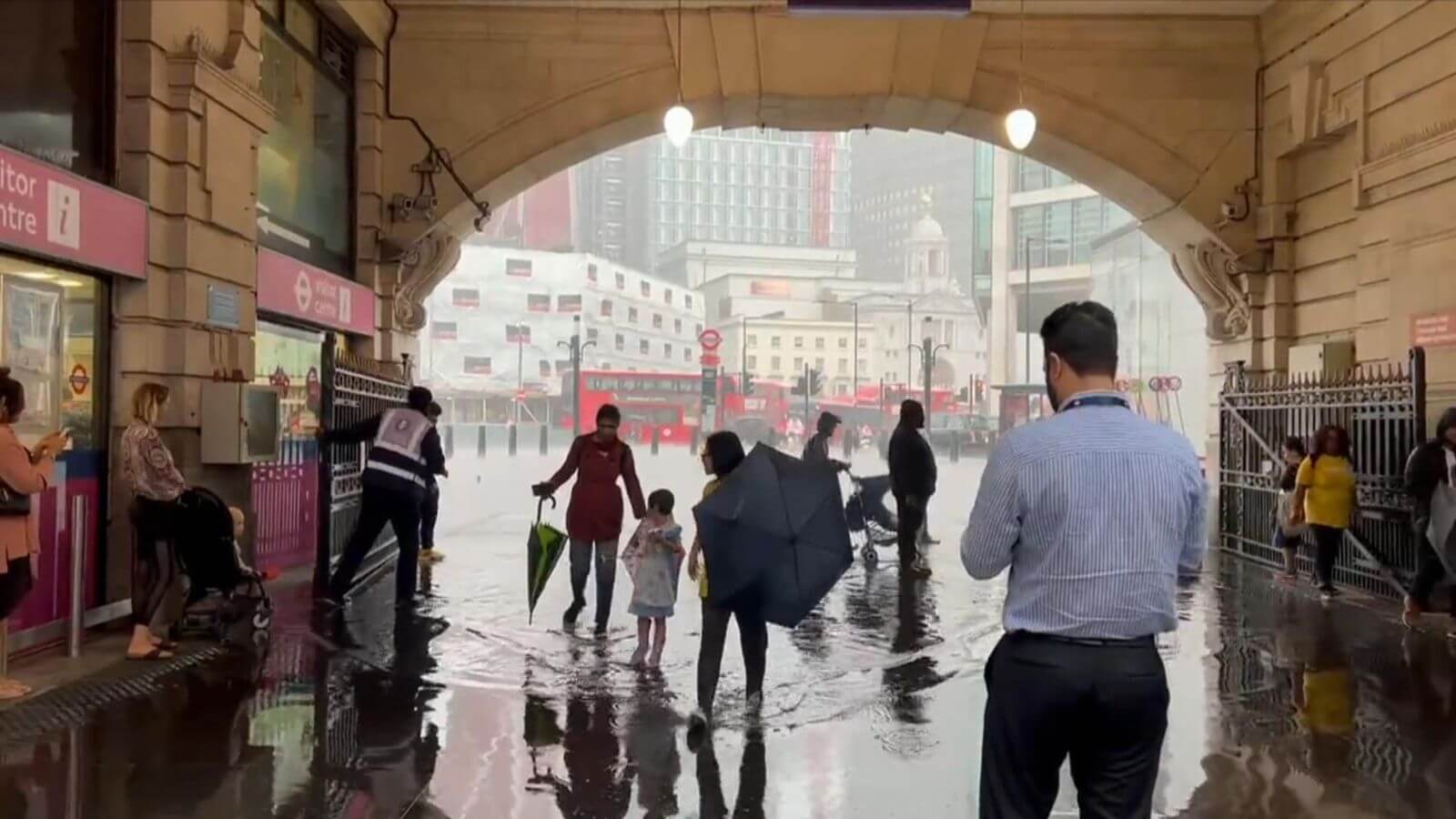As we near the end of a scorching summer, we have to look at these consequences of climate change as a warning and look ahead to deep changes about to occur. The past 7 years have been the hottest years the world has seen. It’s not going to stop. Not until we wake up.
2022 has been a year of extreme weather. Flooding, heat waves, and wildfires have battered us nonstop. This is a year of records. The UK has hit 40C and over 400 wildfires have broken out.
Something is clearly wrong here.
Ultimately, if the world had listened to the scientists over the last 3+ decades, we would not be in this position. Although she was slammed for closing the coal mines, Thatcher’s speech to the UN in 1992, illustrated clearly to the world where we were going. It’s not yet too late, but it could be soon. Action is needed now to make the final switch to renewables to stop the climate change train. The tens of billions of taxpayer money that is going into subsidising even more fossil fuels over the next many years should have been redirected to fund renewable energy many years ago.
If we think this year is bad, without rapid climate action to lower global temperatures, it’s only going to get worse.
All Dried Up

Europe is parched. Now, instead of green, most of what we can see is brown. This is the worst drought in 500 years, and 47% of the continent is under ‘warning’ conditions.
Droughts aren’t new, they’re a common side effect of heat waves. In 1976, the UK saw its worst drought. 16 months of unusually dry weather saw people queuing in the street for water. Now, the droughts we see could be even worse, exacerbated by global warming and our massive increase in how much water we use per head.
In London, the Thames is at its lowest level since 2005, and this past July was the driest in 87 years. The hosepipe ban by Thames Water will affect 10 million people across the capital and the Thames Valley.
In Germany, the Rhine is also dangerously low, edging close to the shallowest levels the river has ever seen. Normal for the autumn months, these levels are unprecedented in summer. The barges should be delivering coal, but now cannot navigate the river, exasperating the issue of Russian fossil fuel sanctions.
In Italy, Lake Garda is also rapidly drying up. More than 2cm of the lake’s water is being lost every day. The lake is seeing temperatures the likes of the Caribbean sea.
Heat Reactions

In the heat, nuclear power stations – which can provide cleaner and more renewable energy – are struggling.
EDF has been forced to reduce power output from their nuclear plants along French rivers. Rising temperatures mean the plants can no longer be cooled by river water. After the heatwave of 2003, restrictions for river cooling were put in place, for fears of harming local wildlife.
Now, EDF has just announced a loss of €5.3 billion (£4.5 billion) in the first half of this year. Over half of their 56 nuclear reactors have had to close for maintenance due to corrosion. This combined with abnormal hot weather has led EDF to estimate that their 2022 output will be the lowest in over 30 years.
Powering Down

Prolonged heat waves in China are breaking records, and shutting down power. Power grids across several provinces have been severely impacted by the blistering heat. Officials in Sichuan Province have even begun rationing power to homes, offices and malls to have enough for manufacturing plants. It’s become so extreme that large companies, like Toyota and electric car manufacturer CATL, have had to shut down their plants in the area.
China’s current heatwave is the strongest since 1961. In Hubei Province, nearly 400,000 hectares of crops have been severely damaged. And in Jiangxi Province, the economic losses have amounted to around $146 million.
Flooded

Heatwaves and flooding go hand in hand. When the ground is so parched, rain can’t be properly absorbed. In cities, the reason is simple: we have vast amounts of concrete surfaces impenetrable to rain. This is why we get dangerous flash flooding.
More time needs to be spent planning smarter cities, creating ‘sponge cities’, where there are enough green spaces that rainfall can be adequately absorbed. Current sponge cities are Auckland – the spongiest city in the world – and Shenzhen. Of course, when a heatwave dries out greenery, the effectiveness of a sponge city may be decreased.
Across South Asia, an uncharacteristically intense monsoon season has affected millions. Bangladesh is currently seeing the most rain in over a century. Residents across India have lost their homes to flash floods. The village of Mawsynram, dubbed the wettest place on Earth, saw 8.5% of its average annual rainfall in just one day.
It’s time for us to have a long hard think about what we’ve done. We cannot win against this planet. We mess with this planet, this planet messes with us. It’s time for us to change.

Share your thoughts
No Comments
Sorry, the comment form is closed at this time.